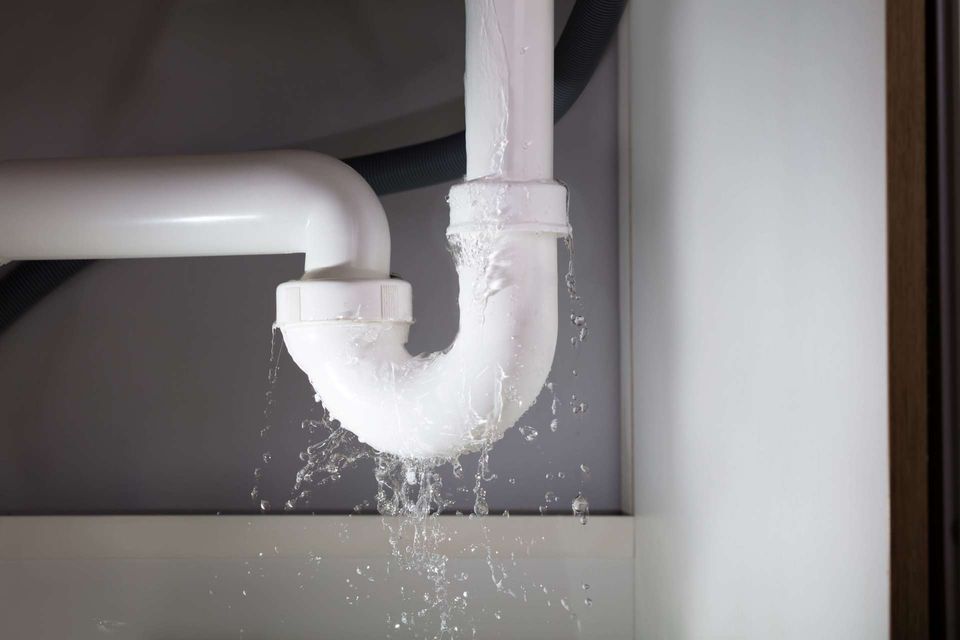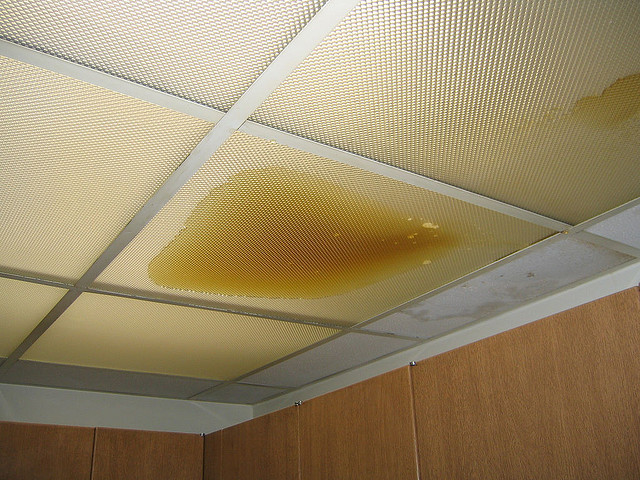The content which follows involving Leaking water lines is really intriguing. Don't overlook it.

Early discovery of leaking water lines can minimize a prospective disaster. Some little water leaks might not be visible.
1. Examine the Water Meter
Every home has a water meter. Checking it is a proven way that aids you find leakages. For starters, switch off all the water sources. Make sure no one will certainly flush, make use of the faucet, shower, run the cleaning machine or dish washer. From there, go to the meter and also watch if it will transform. Because no person is using it, there must be no movements. If it relocates, that shows a fast-moving leak. If you identify no adjustments, wait an hour or 2 and also check back once again. This means you might have a slow leak that might also be underground.
2. Check Water Consumption
Analyze your water bills and also track your water usage. As the one paying it, you ought to discover if there are any discrepancies. If you identify sudden changes, in spite of your intake coinciding, it implies that you have leaks in your plumbing system. Keep in mind, your water expense should drop under the exact same array monthly. An abrupt spike in your expense shows a fast-moving leakage.
A constant rise every month, also with the very same behaviors, shows you have a slow-moving leak that's additionally gradually escalating. Call a plumber to thoroughly check your residential property, especially if you really feel a warm area on your flooring with piping below.
3. Do a Food Coloring Examination
30% comes from toilets when it comes to water intake. Test to see if they are running effectively. Decrease flecks of food color in the container and also wait 10 minutes. There's a leakage in between the storage tank and bowl if the shade in some way infiltrates your bowl during that time without flushing.
4. Asses Exterior Lines
Do not neglect to check your outside water lines also. Should water permeate out of the connection, you have a loose rubber gasket. One little leakage can throw away bunches of water and increase your water costs.
5. Examine the situation as well as evaluate
Property owners need to make it a routine to check under the sink counters and even inside cupboards for any type of bad odor or mold and mildew development. These 2 warnings show a leak so timely interest is needed. Doing regular inspections, even bi-annually, can save you from a major issue.
Inspect for stainings and also damaging as a lot of devices and also pipes have a life expectancy. If you presume dripping water lines in your plumbing system, do not wait for it to intensify.
Early detection of dripping water lines can mitigate a potential catastrophe. Some little water leaks may not be visible. Examining it is a guaranteed means that aids you discover leakages. One tiny leak can throw away heaps of water and also increase your water bill.
If you suspect dripping water lines in your plumbing system, do not wait for it to intensify.
WARNING SIGNS OF WATER LEAKAGE BEHIND THE WALL
PERSISTENT MUSTY ODORS
As water slowly drips from a leaky pipe inside the wall, flooring and sheetrock stay damp and develop an odor similar to wet cardboard. It generates a musty smell that can help you find hidden leaks.
MOLD IN UNUSUAL AREAS
Mold usually grows in wet areas like kitchens, baths and laundry rooms. If you spot the stuff on walls or baseboards in other rooms of the house, it’s a good indicator of undetected water leaks.
STAINS THAT GROW
When mold thrives around a leaky pipe, it sometimes takes hold on the inside surface of the affected wall. A growing stain on otherwise clean sheetrock is often your sign of a hidden plumbing problem.
PEELING OR BUBBLING WALLPAPER / PAINT
This clue is easy to miss in rooms that don’t get much use. When you see wallpaper separating along seams or paint bubbling or flaking off the wall, blame sheetrock that stays wet because of an undetected leak.
BUCKLED CEILINGS AND STAINED FLOORS
If ceilings or floors in bathrooms, kitchens or laundry areas develop structural problems, don’t rule out constant damp inside the walls. Wet sheetrock can affect adjacent framing, flooring and ceilings.
https://www.servicemasterbyzaba.com/blog/how-to-detect-water-leakage-in-walls/

As a fervent reader on Detecting hidden plumbing leaks, I figured sharing that chunk was a great idea. Make sure you take the time to promote this blog posting if you liked it. Thanks a lot for your time. Visit us again soon.